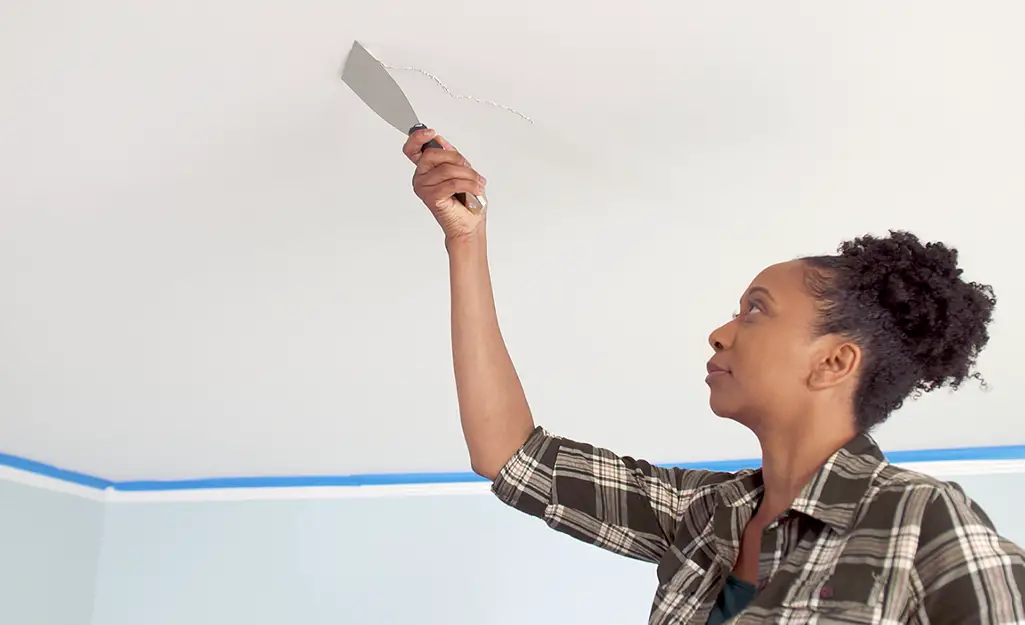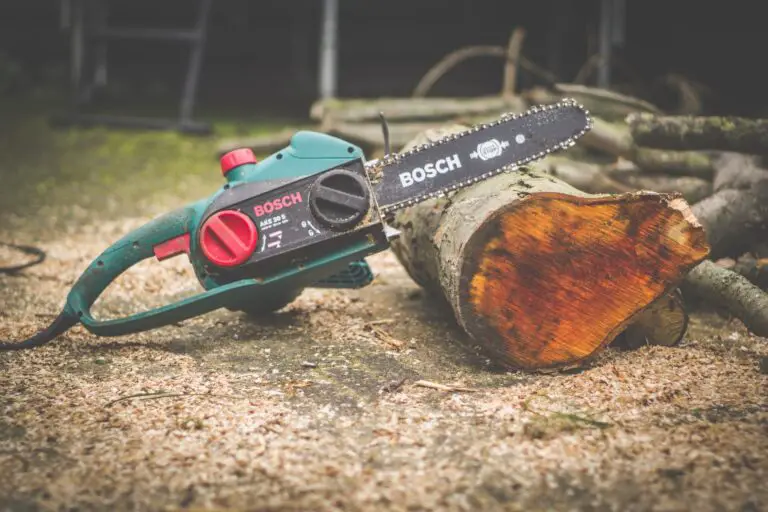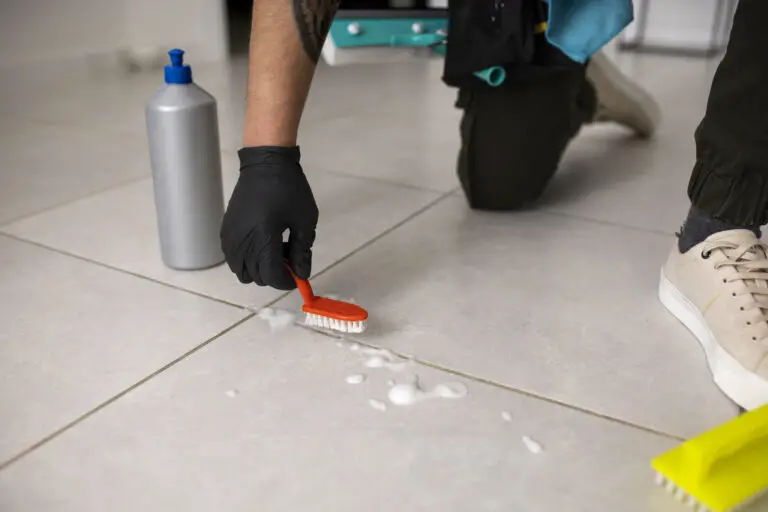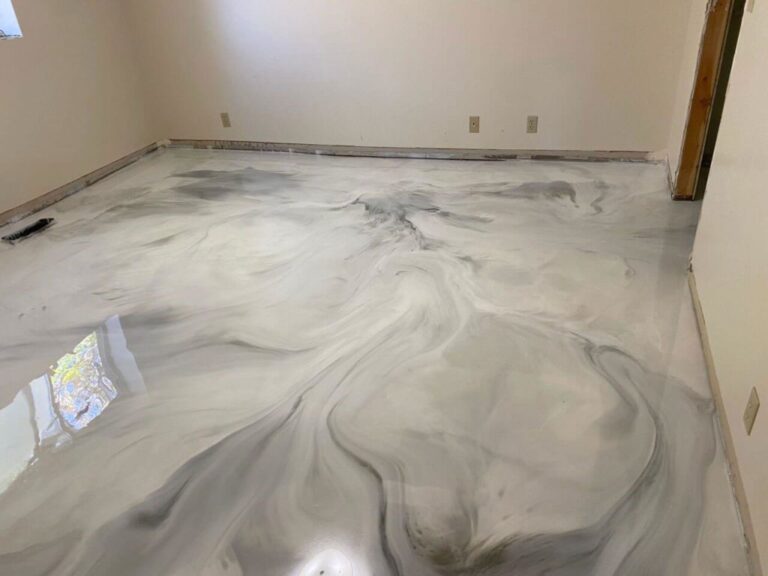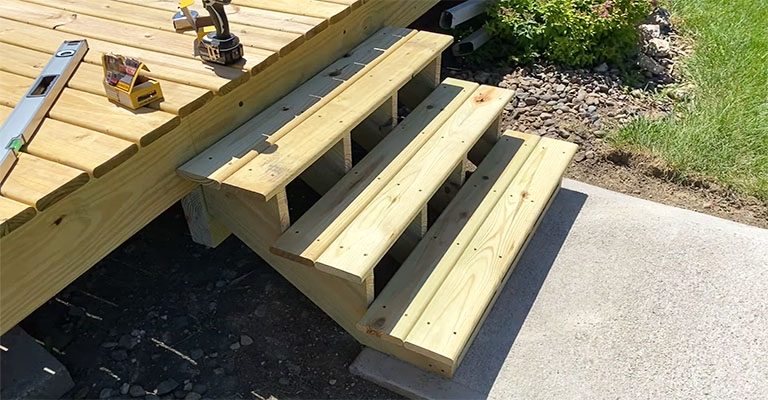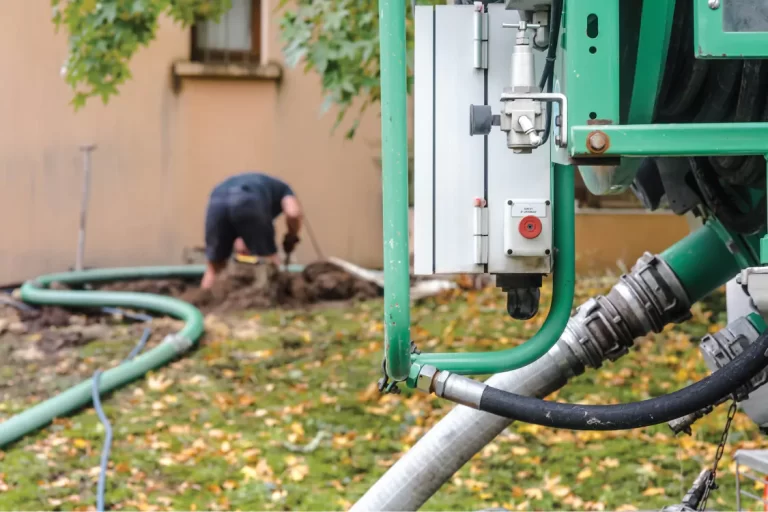How to Paint a Textured Ceiling – The Best Tools and Techniques
If you’re repainting a textured ceiling (or popcorn ceiling, as it’s also known), there are some pragmatic steps to take to maintain its unique traits of absorbing more sound and having more aesthetic value for the homeowner. In this article, we give you the details. Grab your paintbrush, and let’s go over it one more time.
Preparation and Planning
The first step is to choose the right paint for your textured ceiling. The best paint for the job is interior acrylic-latex paint. For the best sheen or light bounce, use flat or matte. Once you have that, you can prepare the room for the job. You must also decide on the appropriate tools and materials for this.
Typically, a popcorn ceiling job requires a paint bucket, a roller screen, an extension pole for the roller (to reach the ceiling), a stepladder, a work light, and a vacuum (for the cleanup). You may also need roller covers, plastic sheeting (to cover the floors for a clean job), painter’s tape, and an angled brush. You can make do without these items, but it’s good to be prepared.
Step-by-Step Painting Instructions
Priming the ceiling before painting
It’s necessary to prime the ceiling if you have nicotine, water, or other ceiling stains. If it’s clean, priming is optional but won’t do any harm if you choose to go through with it. All you need is a can of acrylic primer.
Cutting in and painting the edges
Cut in the paint where the walls meet the ceiling to minimize paint splashing on the walls. To do this, you could isolate some of your acrylic ceiling paint into a sub-container and use the angled brush to cut in the perimeter. This will prevent you from pushing the roller too close to the edges, resulting in a cleaner job.
Applying the paint to the rest of the ceiling
Then it’s time to paint the rest of the ceiling, a process different from a flat ceiling. Firstly, it’s essential to use the extension pole on your roller. This saves you from traversing up and down the ladder and will absorb enough paint to cover large areas of the ceiling. You’ll need this for thorough coverage of the popcorn ceiling.
Begin at the center of the room and make your way to the wall’s edge. Do this rather than lathering the ceiling with many coats of paint. There is little to hold the paint in place and so it could start dripping down on you if you overdo it. Follow this, and you will minimize the risk of leaving brush marks or streaks.
Tips for painting textured ceilings without leaving brush marks or streaks
Be careful with how much paint you put on the roller. While you need a thick coat for your popcorn ceiling, too much will soak it out, weaken it and eventually lead to it falling.
Gentleness is key when cleaning the ceiling with the vacuum. Consider attaching a brush to ensure this.
Painting textured ceilings has the potential to be a lot messier than flat ceilings or walls. So, cover the room with plastic sheeting and even remove items from the room before painting the popcorn texture.
Cleanup and Finishing Touches
Cleaning up paint spills and drips
Once the paint has been coated twice, it’s time for the cleanup. There are many ways to clean spills and drips, but it depends on the surface. Isopropyl alcohol and lemon juice are good for cleaning paint off of wooden surfaces. Paint thinner is another option, as is the application of heat.
Removing painter’s tape and plastic sheeting
If you’ve used painter’s tape on the skirting boards, doorframe, or to cut in the perimeter, make sure that you wait until it is dry to the touch before using a putty knife to score it. Then, peel the tape back gently (satisfying!) and enjoy the smooth, dry finish.
Inspecting the painted ceiling for touch-ups
Look at the finished ceiling and see if there is any need for touch-ups. If there is any need, isolate the area, climb the ladder, and use the brush and extender to touch the area up. There is no need to go over it again with the roller as this is a large object and won’t be able to target the area precisely enough.
Conclusion
Painting a popcorn ceiling is simple with the right equipment and patience. Remember that it’s a different procedure than painting a flat ceiling or a wall and even a textured wall which is much less likely to drip. As long as sentimental items (and, in fact, all items) are removed, the instructions as read are followed, and stain blocking primer is used when needed, the job should go nice and smoothly.
Remember to consult a professional painter if you need more information!
Frequently Asked Questions
- Can I paint a textured ceiling with a roller?
Yes. Using a roller and an extension is advisable to prevent you from going up and down the ladder and to complete an efficient job.
- What type of brush should I use for a textured ceiling?
Find a brush that is designed to paint textured surfaces.
- Do I need to use a primer before painting a textured ceiling?
Yes and no. If you have a water stain or nicotine stain, it is necessary. If you don’t, you can get away with avoiding this stage, though there is no harm in touching the ceiling up anyway.
- How long should I wait before applying a second coat of paint?
You should let the paint dry for about two hours before doing the second coat. That’s right; you have time to grab a cup of tea and relax before returning to it.
- Can I paint over a popcorn ceiling?
Yes, this is the simplest way to deal with a textured ceiling that needs touching up.

